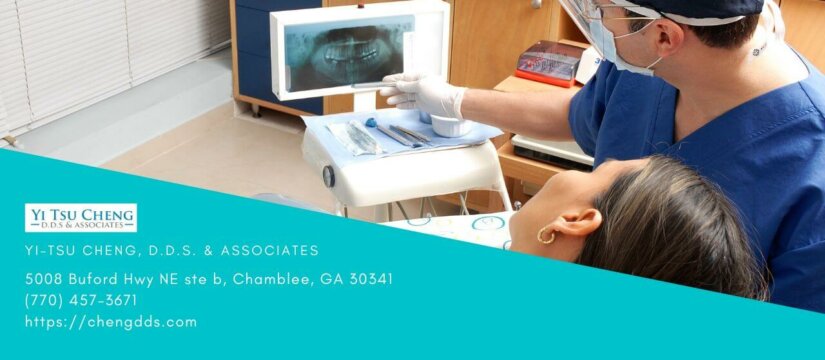
What Does an Infected Gum Look Like After Tooth Extraction?
Tooth extraction is a common dental procedure involving removing a tooth from the mouth. After a tooth is extracted, a small wound is left where the tooth was located. In some cases, this wound can become infected. An infected gum after tooth extraction can lead to a number of problems, including pain, swelling, and an increased risk of infection.
In this article, we will discuss what an infected gum looks like after tooth extraction and the steps you can take to prevent it from occurring. We will also discuss the symptoms of an infected gum and the treatments available.
What Does an Infected Gum Look Like After Tooth Extraction?
An infected gum can appear red, swollen, and tender after tooth extraction. In some cases, the gum may also have a pus-like discharge. The area may also be painful when touched.
In addition to the appearance of the gum, there may also be a bad taste in the mouth and bad breath. If the infection is severe enough, fever and fatigue may also be present.
What Causes an Infected Gum After Tooth Extraction?
An infected gum after tooth extraction can occur for a variety of reasons. The most common cause is bacteria entering the wound left by the tooth extraction. This can occur due to poor oral hygiene, trauma to the area, and the use of certain medications.
How to Prevent an Infected Gum After Tooth Extraction?
Good oral hygiene is the best way to prevent infected gum after tooth extraction. This includes brushing and flossing twice a day and using an antiseptic mouthwash.
It is also important to avoid trauma to the area, such as biting or chewing on the extraction site. Additionally, it is important to avoid smoking and drinking alcohol, as these can increase the risk of infection.
Treatment of an Infected Gum After Tooth Extraction
If an infected gum is present after tooth extraction, it is important to seek treatment immediately. The treatment will depend on the severity of the infection but may include antibiotics, painkillers, and warm compresses.
Sometimes, a root canal may be necessary to remove the infection. If the infection is severe, surgery may be required to remove the infected tissue.
FAQs
What does an infected gum look like after tooth extraction?
An infected gum can appear red, swollen, and tender after tooth extraction. In some cases, the gum may also have a pus-like discharge. The area may also be painful when touched.
What causes an infected gum after tooth extraction?
An infected gum after tooth extraction can occur for a variety of reasons. The most common cause is bacteria entering the wound left by the tooth extraction. This can occur due to poor oral hygiene, trauma to the area, and the use of certain medications.
How to prevent an infected gum after tooth extraction?
Good oral hygiene is the best way to prevent infected gum after tooth extraction. This includes brushing and flossing twice a day and using an antiseptic mouthwash. It is also important to avoid trauma to the area, such as biting or chewing on the extraction site. Additionally, it is important to avoid smoking and drinking alcohol, as these can increase the risk of infection.
What is the treatment for an infected gum after tooth extraction?
If an infected gum is present after tooth extraction, it is important to seek treatment immediately. The treatment will depend on the severity of the infection but may include antibiotics, painkillers, and warm compresses. Sometimes, a root canal may be necessary to remove the infection. If the infection is severe, surgery may be required to remove the infected tissue.
Conclusion
An infected gum after tooth extraction can be a painful and uncomfortable experience. It is important to prevent infection by practicing good oral hygiene and avoiding trauma to the extraction site. If an infection occurs, it is important to seek treatment immediately. With the proper care and treatment, the infection can be quickly resolved.
DISCLAIMER: The advice offered is intended to be informational only and generic. It does not offer a definitive diagnosis or specific treatment recommendations for your situation. Any advice provided is no substitute for proper evaluation and care by a qualified dentist.
